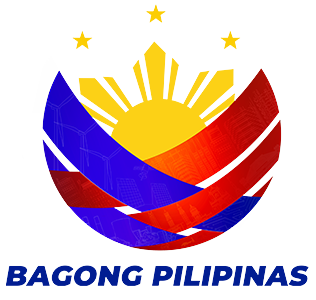Medicine
 General practice of Medicine
General practice of Medicine
No person shall engage in the practice of medicine in the Philippines unless he is at least twenty-one years of age, has satisfactorily passed the corresponding Board of Examination and is a holder of a valid Certificate of Registration duly issued to him by the Board of Medical Examiners.
The Board of Medical Examiners was created on December 4, 1901 by virtue of Public Act No. 310. The Board regulated not only the medical profession but also the practice of midwifery. Although the Board was under the Department of Interior, its members were appointed by the Commissioner of Public Health upon the advice and consent of the Board of Health.
When the government underwent reorganization in 1932 with the enactment of Public Act No. 4007, the Board of Medical Examiners was placed under the Department of Public Instruction.
On June 29, 1959, Republic Act No. 2382 or the “Medical Act of 1959” was enacted, leading to the creation of a separate board for midwives on June 18, 1960. The Medical Act was amended by Republic Act No. 4224 on June 29, 1965 and by Republic Act No. 5946 on June 21, 1969.
In 1990, the Board conducted its first fully-computerized licensure examinations.
Republic Act No. 2382
The Medical Act of 1959
Be it enacted by the Senate and House of Representatives of the Philippines in Congress assembled:
Philippine Medical Association (PMA)
PMA Building, North Avenue
Diliman, Quezon City
Tel No.: 929-4974 / 7361 / 6366; 926-2447
Fax: 929-6951
Website: http://www.philippinemedicalassociation.org
Re-accredited: Res. No. 2009-499 dated March 3, 2009
Organized September 15, 1903, the first association of medical practitioners started as a single city chapter named Manila Medico Society. When its application for membership with the American Medical Society (AMS) was refused because the latter was looking for a national organization, a national medical association was constituted which was named the Philippine Islands Medical Association. Later, it was renamed the Philippine Medical Association (PMA).
The early years of PMA were dominated by American practitioners. In the early 1920’s all positions in the Association were occupied by Filipinos with Dean Antonio Sison of the UP-PGH as its President. The first Filipino President was Dr. Ariston Bautista (1908).
The PMA gained PRC accreditation as the nationally organized professional organization of physicians on September 18, 1975.
For several years now, it has assumed leadership in health-related services here and abroad. It co-founded the Confederation of Medical Association in Asia and Oceania (CMAAO) and the Medical Association of Southeast Asian Nations (MASEAN).
Among the biggest professional organizations in the Philippines, it boasts of 26,000 active members and 103 component societies, 8 specialty divisions and 30 specialty societies with their respective affiliates and sub-specialties under the 8 specialty divisions and other 59 affiliate societies. With a Board of Governors in almost all regions of the country, it seeks to build a strong and solid association, restore the honor and dignity of the profession, and become an active partner of the government in improving health conditions in the Philippines.
Among the notable accomplishments of the Association are the promulgation of the Code of the Medical Ethics otherwise known as Republic Act No. 4224 and the enactment of Republic Act No. 6111 or the Philippine Medicare Law on September 17, 1969. The PMA also worked for the passage of the Food, Drug and Cosmetic Act, the Hospital Licensure Act, and the Act Authorizing the DBP and PNB to grant loans to physicians and dentists who shall practice in the rural areas, the Medical Act of 1959 which is now renamed as the Physicians’ Act of 1999, the Prescription Law and Proclamation No. 439 declaring the 4th week of September of every year as Medicine Week and authorizing the Phili
.


